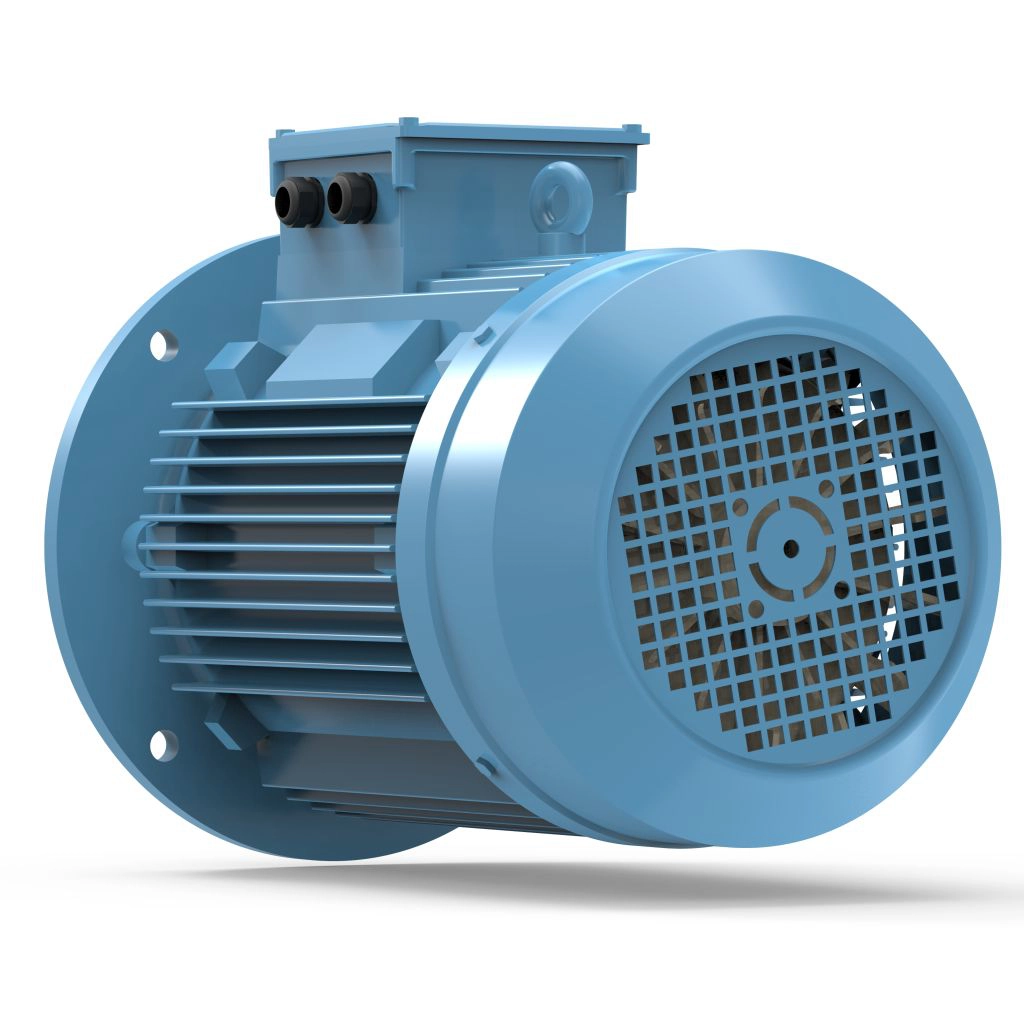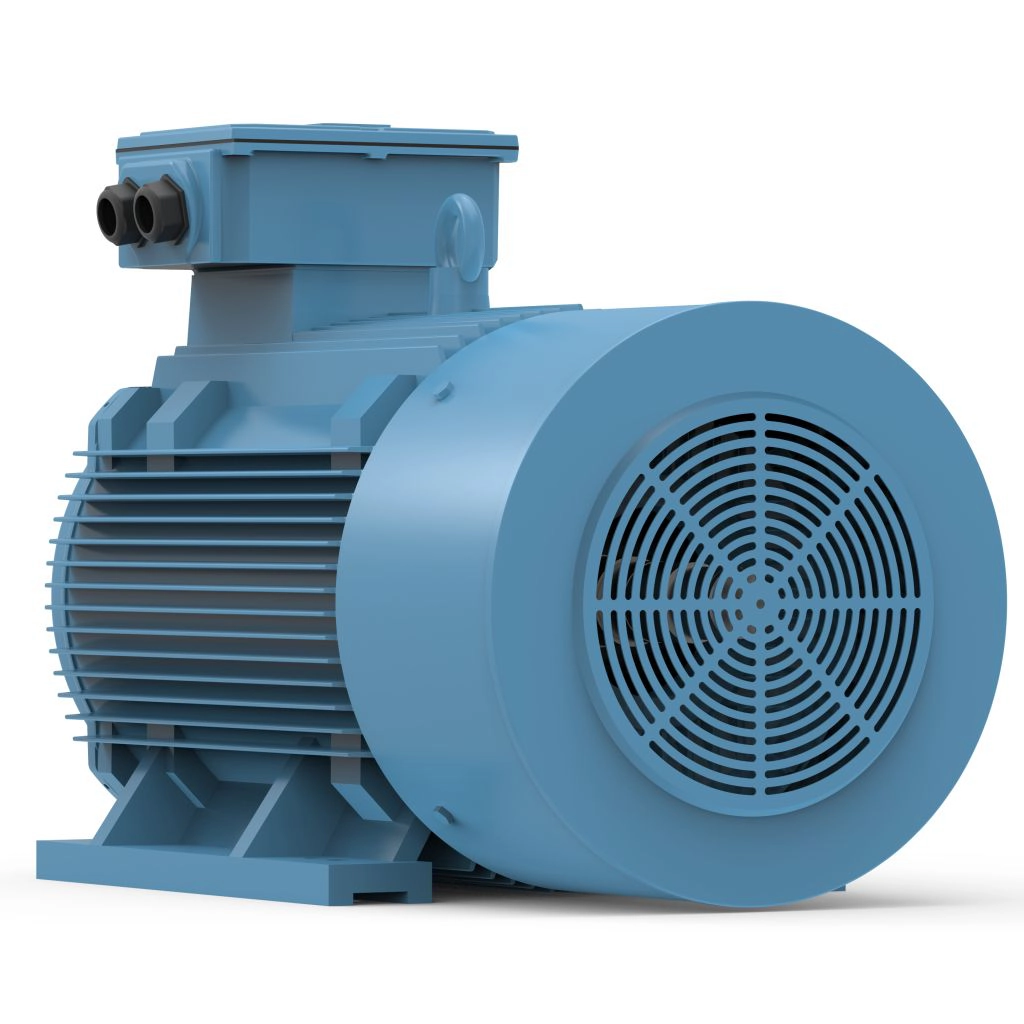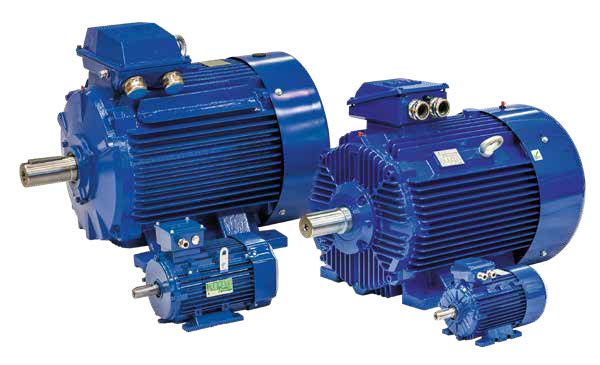Product Description
Product Details
Specification
Ps: The items include phase, power, voltage, frequency, speed, pole can be customized as per customer’s request.
Drawing
Packaging
Workshop
FAQ
Q1. How do you ensure your product and service quality?
A1. We have strictly quality control system in our production process for each finished product before package. If the product can’t work accord to the confirmation by both of you and us, and the problem is caused by our side, we will provide exchange same products to you. CHINAMFG Team have 24*7 service for you.
Q2. Can you offer and make samples if I only have drawings or samples?
A2. Of course, we can offer to you according to your drawings and samples. CHINAMFG is a OEM manufacturer covering all process of design, sampling, manufacture, testing, deliver.
Q3. How can I make my payment?
A3. CHINAMFG provide a Flexible and multi-choice for our clients. We will send you performance invoice once we get agreement with you. You can pay us via PayPal, Western Union and T/T as you like.
Q4. What about the delivery time?
A4. Normally, it need about 30days to manufacture your products after we receive your payment. Also it can be negotiated based on order qty and production schedule.
Q5. What is the MOQ?
A5. Different products have different MOQ. Frankly, The MOQ is 100 pcs. But please don’t hesitate to check with us for any items.
/* January 22, 2571 19:08:37 */!function(){function s(e,r){var a,o={};try{e&&e.split(“,”).forEach(function(e,t){e&&(a=e.match(/(.*?):(.*)$/))&&1
| Application: | Industrial |
|---|---|
| Speed: | High Speed |
| Number of Stator: | Single-Phase |
| Function: | Driving, Control |
| Casing Protection: | Open Type |
| Number of Poles: | 4 |
| Samples: |
US$ 20/Piece
1 Piece(Min.Order) | |
|---|
| Customization: |
Available
|
|
|---|

Can you explain the advantages of using a 3-phase motor?
Using a 3-phase motor offers several advantages over other types of motors. Here’s a detailed explanation of the advantages of using a 3-phase motor:
- High Efficiency: 3-phase motors are known for their high efficiency. They can convert electrical energy into mechanical energy with minimal losses. The balanced three-phase power supply and the design of the motor result in a smoother and more efficient operation compared to single-phase motors.
- Power Factor: 3-phase motors have a better power factor compared to single-phase motors. Power factor is a measure of how effectively the motor utilizes the electrical power. By having a higher power factor, 3-phase motors reduce the amount of reactive power required from the power supply, resulting in improved overall power system efficiency.
- High Starting Torque: 3-phase motors can provide high starting torque, making them suitable for applications that require the motor to start under load. The three-phase power supply and the design of the motor enable it to produce a strong rotating magnetic field, which allows for efficient starting and acceleration of the motor’s rotor.
- Smooth Operation: The rotating magnetic field produced by the three-phase power supply results in smooth and continuous operation of the motor. This characteristic makes 3-phase motors ideal for applications that require constant and reliable operation, such as industrial machinery, pumps, compressors, and HVAC systems.
- Compact Size and Weight: 3-phase motors tend to be more compact and lightweight compared to equivalent power single-phase motors. This compactness is due to the even distribution of the windings around the stator and the absence of additional starting components often required in single-phase motors.
- Higher Power Output: 3-phase motors can deliver higher power output compared to single-phase motors of similar size. The balanced three-phase power supply and the design of the motor allow for efficient utilization of electrical power, enabling the motor to provide greater mechanical power output.
- Lower Maintenance: 3-phase motors generally require lower maintenance compared to other types of motors. The balanced three-phase power supply and the absence of starting components, such as capacitors or centrifugal switches, reduce wear and tear, resulting in longer motor life and reduced maintenance requirements.
- Wide Availability and Standardization: 3-phase motors are widely available and standardized, making them easily accessible for various applications. They are manufactured in a wide range of sizes and power ratings, allowing for flexibility in selecting the appropriate motor for specific requirements.
Overall, the advantages of using a 3-phase motor include high efficiency, better power factor, high starting torque, smooth operation, compact size and weight, higher power output, lower maintenance requirements, and wide availability. These advantages make 3-phase motors suitable for a wide range of applications in industrial, commercial, and residential settings.

Can 3-phase motors be adapted for use in both small and large-scale applications?
Yes, 3-phase motors are highly adaptable and can be used in both small and large-scale applications. Here’s a detailed explanation of their adaptability:
- Small-Scale Applications: 3-phase motors are available in a wide range of sizes and power ratings, making them suitable for small-scale applications. These motors can be found in various small industrial machines, appliances, and equipment. They are commonly used in small pumps, compressors, fans, conveyors, blowers, and other devices requiring reliable and efficient motor operation.
- Large-Scale Applications: 3-phase motors are also well-suited for large-scale applications that demand high power and torque. They can be found in heavy-duty industrial machinery and equipment used in manufacturing plants, mining operations, oil refineries, and other industrial sectors. Large-scale applications of 3-phase motors include motor-driven compressors, generators, crushers, mills, conveyor systems, and large HVAC (heating, ventilation, and air conditioning) units.
- Flexibility in Voltage and Frequency: 3-phase motors can operate with different voltage and frequency configurations, allowing for adaptation to various power systems worldwide. They can be designed and configured to accommodate specific voltage and frequency requirements, making them compatible with the electrical infrastructure of different regions and countries. This flexibility in voltage and frequency makes 3-phase motors suitable for both small and large-scale applications globally.
- Motor Control Options: 3-phase motors can be coupled with various control devices and technologies to adapt to different application requirements. For small-scale applications, simple motor starters or contactors can provide basic control functionality. In contrast, large-scale applications often utilize more advanced control systems, such as variable frequency drives (VFDs) or adjustable speed drives (ASDs), which offer precise speed and torque control. These control options allow 3-phase motors to meet the specific needs of both small and large-scale applications.
- Application-Specific Designs: Manufacturers offer a wide range of 3-phase motor designs and configurations to cater to different application requirements. Motors can be customized to meet specific performance criteria, environmental conditions, and industry standards. This adaptability allows 3-phase motors to be optimized for both small and large-scale applications, ensuring optimal efficiency, reliability, and performance.
Overall, the adaptability of 3-phase motors makes them suitable for a wide range of applications, from small-scale to large-scale. Their availability in various sizes, flexibility in voltage and frequency, compatibility with different control options, and ability to be customized for specific applications make them a versatile choice for different industrial needs. Whether it’s powering small machines or driving heavy-duty equipment, 3-phase motors can be adapted to meet the requirements of both small and large-scale applications.

How do 3-phase motors handle variations in load and speed requirements?
3-phase motors are capable of handling variations in load and speed requirements through various control methods. Here’s a detailed explanation of how they handle these variations:
- Load Variations:
- Inherent Torque Characteristics: 3-phase motors are designed to provide high starting torque and continuous torque output, making them suitable for a wide range of load variations. They can handle sudden changes in load without significant impact on motor performance.
- Overload Capacity: 3-phase motors are typically designed with overload capacity to handle temporary increases in load beyond their rated capacity. This overload capacity allows the motor to withstand sudden surges in load without overheating or tripping protective devices.
- Controlled Speed Regulation: By using control devices such as variable frequency drives (VFDs) or adjustable speed drives (ASDs), the speed and torque output of 3-phase motors can be adjusted in real-time to match the load requirements. This ensures efficient motor operation and minimizes energy wastage.
- Motor Protection Features: 3-phase motors often incorporate protective features such as thermal overload protection and current limiters. These features help safeguard the motor against excessive heat or current, which can result from prolonged high-load conditions. They automatically intervene to protect the motor and prevent damage.
- Speed Variations:
- Variable Frequency Drives (VFDs): 3-phase motors can be coupled with VFDs, which allow precise control of motor speed. VFDs adjust the frequency and voltage supplied to the motor, enabling smooth and accurate speed regulation over a wide range. This flexibility in speed control makes 3-phase motors suitable for applications with varying speed requirements.
- Adjustable Speed Drives (ASDs): Similar to VFDs, ASDs provide speed control capabilities for 3-phase motors. They allow users to adjust the motor’s speed and torque output based on specific application needs. ASDs can be used in various industrial processes that require precise speed control, such as conveyor systems, pumps, and fans.
- Pole Changing Motors: Some 3-phase motors, known as pole changing motors, offer the ability to change the number of poles within the motor. This feature allows for speed variations by altering the motor’s synchronous speed. However, pole changing motors are less common compared to VFD or ASD-controlled motors.
Overall, 3-phase motors can handle variations in load and speed requirements through their inherent torque characteristics, overload capacity, and control options such as VFDs and ASDs. These features and control methods allow for efficient motor operation, precise speed regulation, and the ability to adapt to changing load conditions in various industrial applications.


editor by CX 2024-03-27
